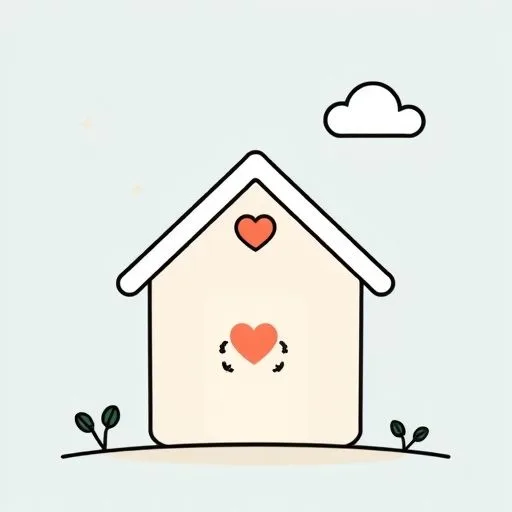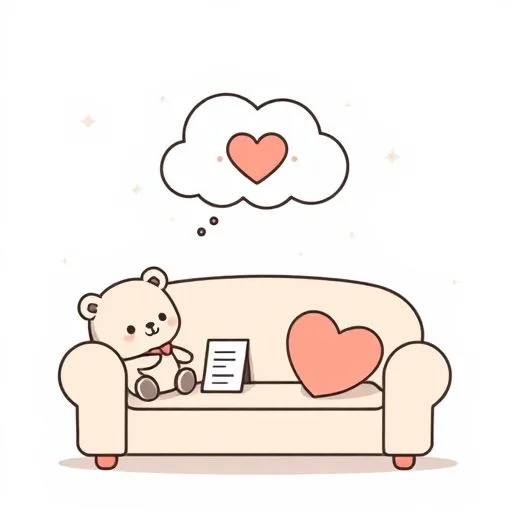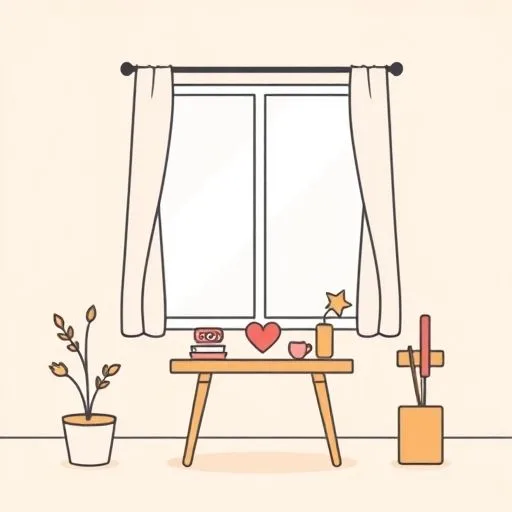
We’ve all been there, haven’t we? That moment when you hand them a device, watch their tiny fingers navigate the screen like a natural—and suddenly feel the weight of the entire digital world in your hands. It’s not just about screen time limits or blocking apps. It’s seeing her quiet focus, her thoughtful way of saying, ‘Let’s talk about what happens when…’—that gentle strength that builds the bridge between our worries and their shiny new possibilities.
The Silent Agreement in Our Living Room

Remember when we first set boundaries? We didn’t call it ‘parental controls’—we called it ‘our family’s agreement.’ She’d sit down with the kids, explaining that just as we hold hands when crossing the street, we’d need to navigate together. ‘We’re your safety net,’ she’d say, ‘not just the firewall.’
Kids don’t always know the risks. They’re explorers. We’re the guides who’ve learned to read the signs, to spot the moments when their eyes linger too long or when they hesitate to share.
Parental controls aren’t useless—they’re guardrails. But they’re not the whole story. The real magic we’ve seen? That moment when she’d look up from her phone, smile, and say, ‘Tell me more about that game you’re playing. What’s good about it?’ That’s how we build trust. Kids don’t need spies—they need us, present and genuinely curious.
When They Whisper the Unspoken Worries

Cyberbullying. Harmful content. Screen time battles. We’ve all felt the icy grip of those fears. But here’s what we’ve learned: kids respond to connection, not just control. We’ve made a quiet ritual of couch time—no screens, no agenda. Just a casual, ‘How’d things go with your friends online today?’
It teaches them to pause, reflect, and ultimately share. Most parents are terrible role models for screen time—we’re scrolling through work while they’re gaming. The game-changer? Owning it. We’ve been honest about our slip-ups. ‘We’re working on it too, love. Let’s practice together.’
We’ve got it, too! We’ve slipped up, we’ve clicked, and we’ve laughed. We’ve owned it, so we’ve got it all. We’ve shown it, so we’ve got it. We’ve got it–golly, so we’ve got it. Here’s the idea: she clicked on it. And so we’ve had, we’ve had, so we’ve got it. Just so we’ve got it. The fact that we’ve got it, we’ve got it. There’s just, there’s just so we’ve got it.
The Tools We Use (and the Ones We Are)

Age-appropriate tools are necessary. But the best peace of mind? Teaching them to be their own safeguards. We’ve got controls on our youngest’s tablet—but with our older one, we talk about digital footprints. We’ve taught them to ask, ‘Would I want Grandma to see this?’ and ‘What’s the safest way to share?’
Online safety is a scary topic—but we make it fun. We’ve turned privacy settings into treasure hunts, role-played ‘what if’ scenarios, and laughed our way through mistakes.
We always tell her, “There’s no such thing as private online, but that’s actually kind of cool! Just think—what do you want the world to see about you?” It’s all about owning it.
That Quiet Strength in Her Eyes

Here’s the truth: We’re all learning as we go. But she’s shown me how to guide with grace. Instead of banishing screens, we’ve built ‘digital zones’—shared spaces where we can ask, ‘What are you doing?’ and ‘Want to help me cook dinner after?’
The key is peace—not perfection. We’ve got parental controls, but we’ve also got messy talks. We’ve got rules. We’ve got broken rules. And we’ve got the trust that when they’re unsure, our kids will step into the light of our living room.
Because that’s where we’re waiting—not with judgment, but with a quiet ‘we get it’ look that’s become their safest harbor.
Source: If you’ve an Irish business and are worried about cyber security, Enterprise Ireland is here for you, Independent Ie, 2025-09-28
